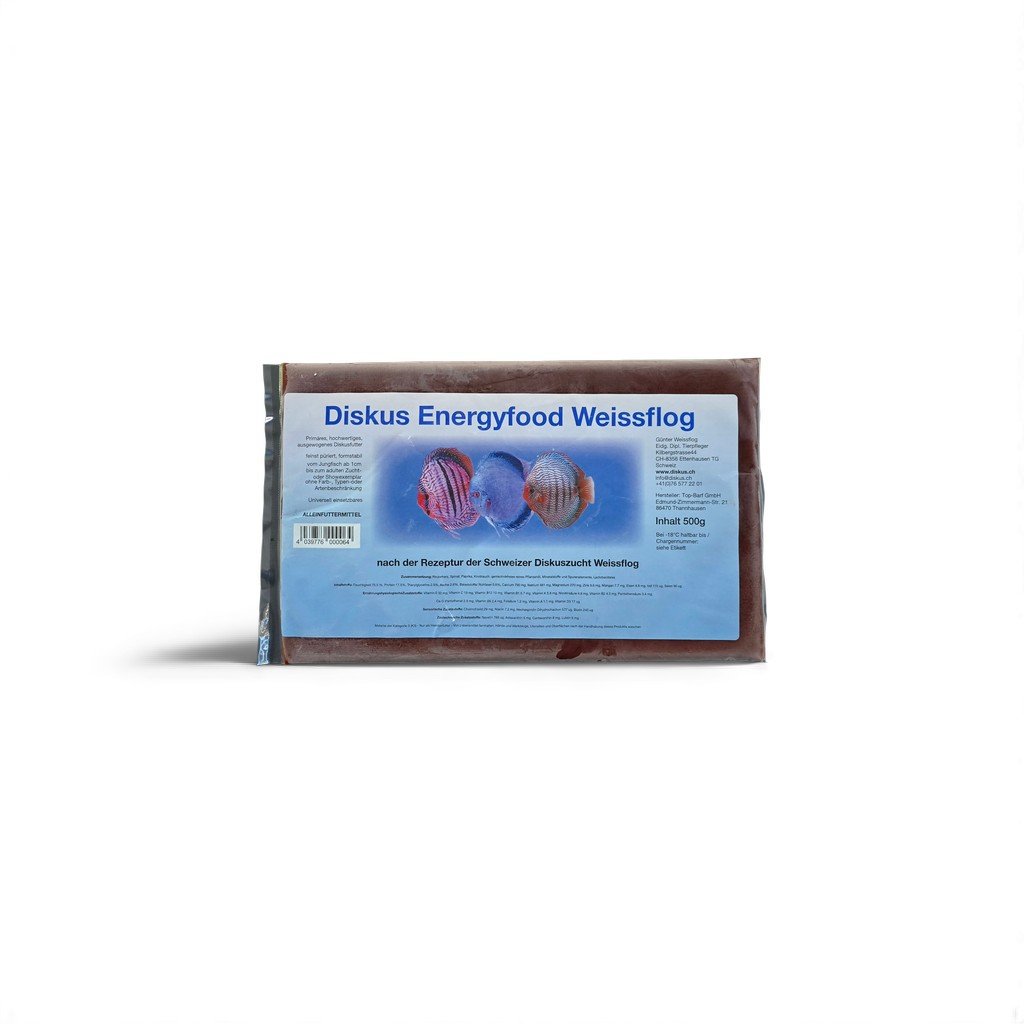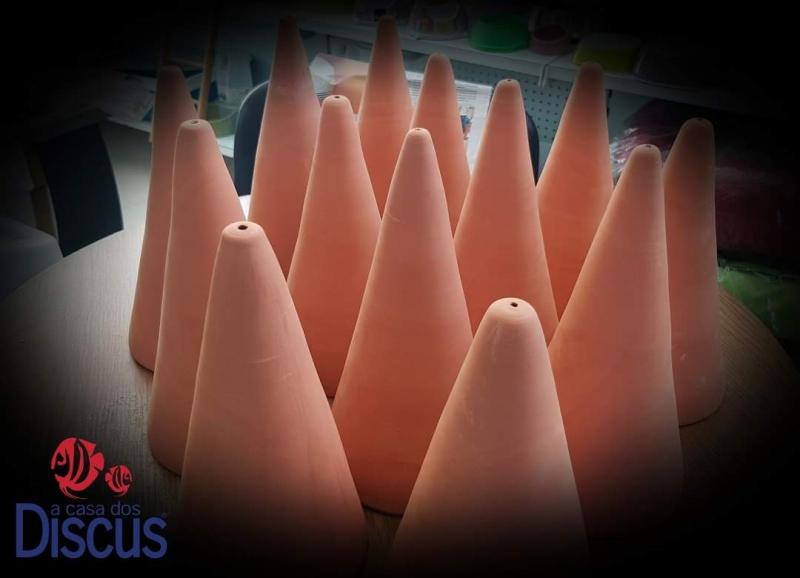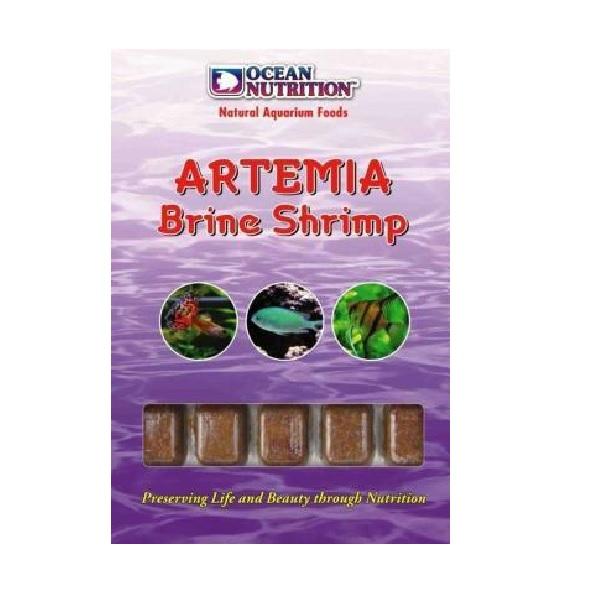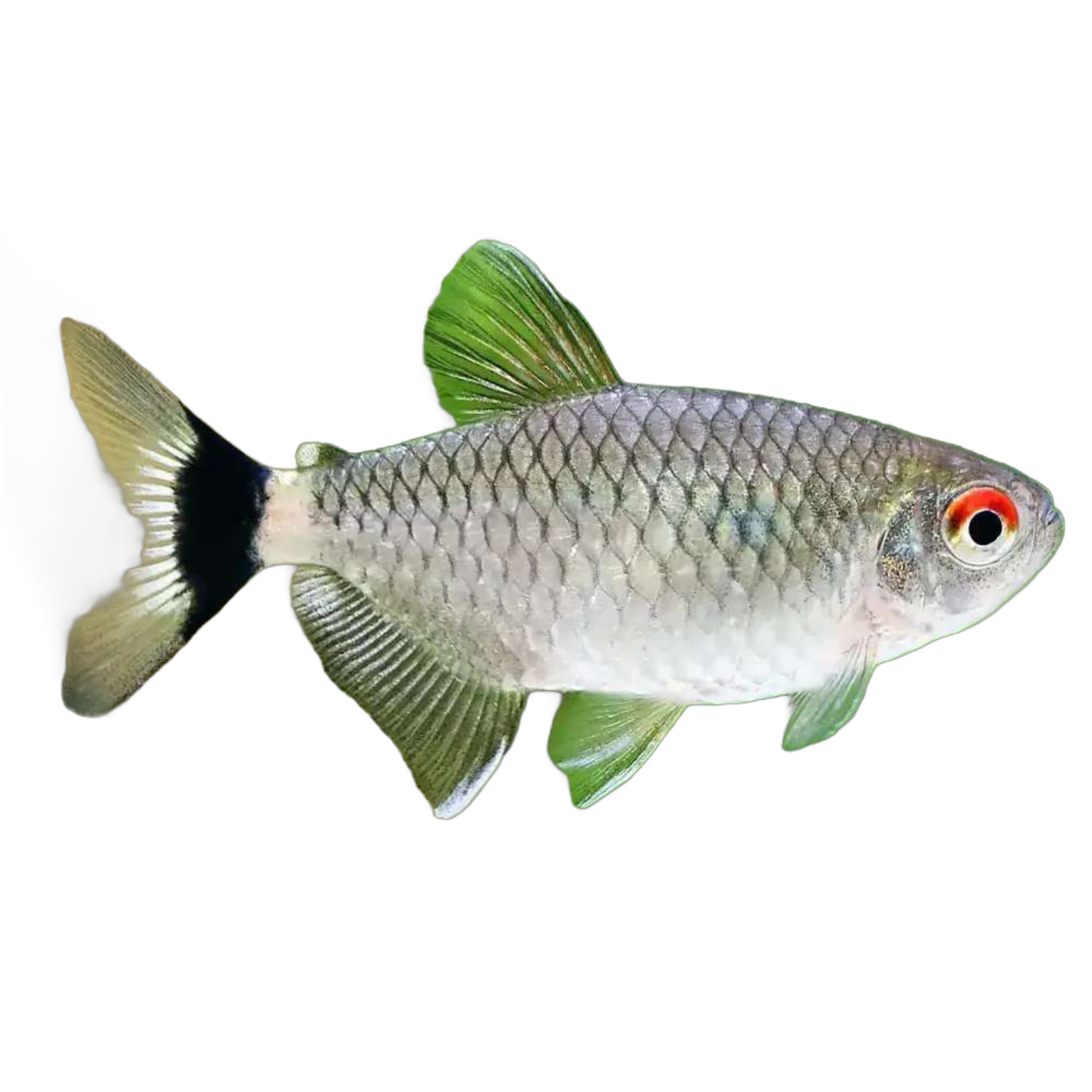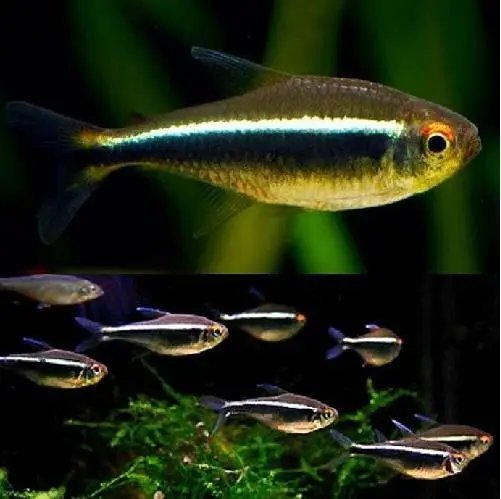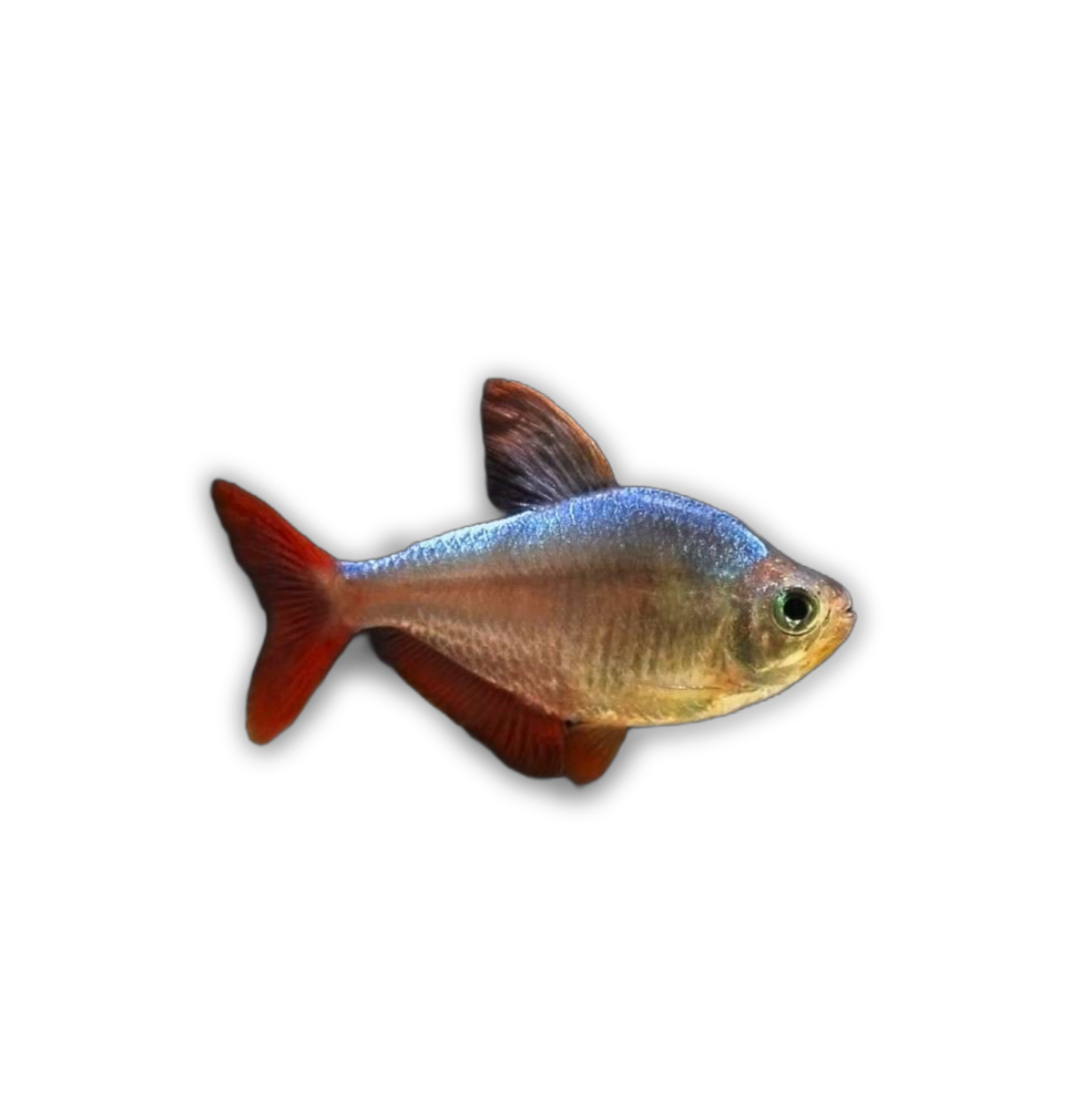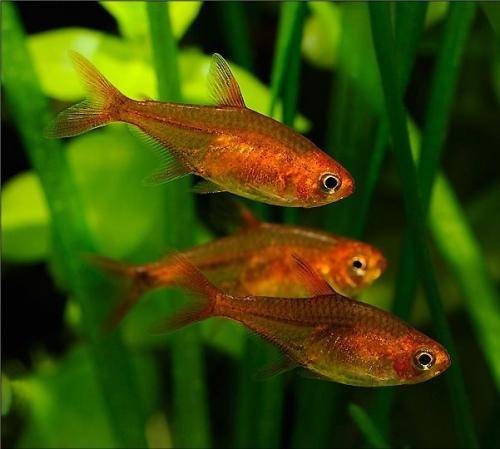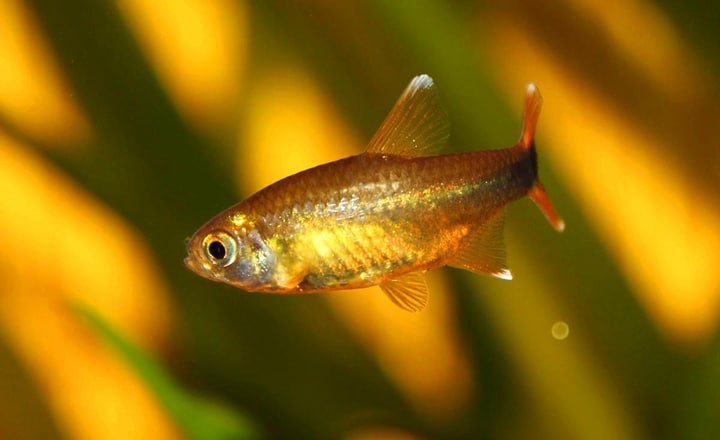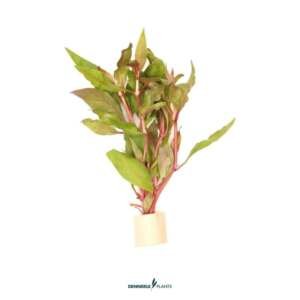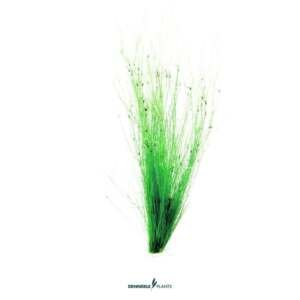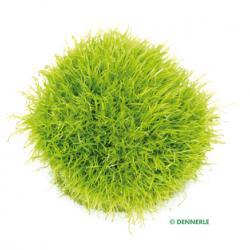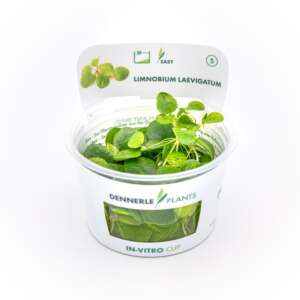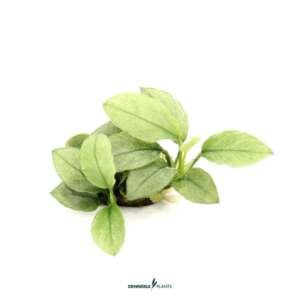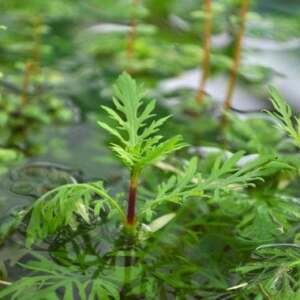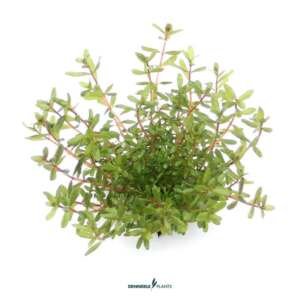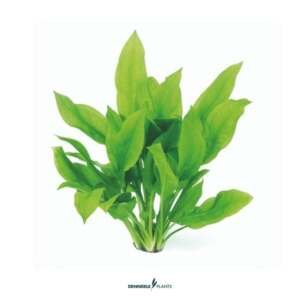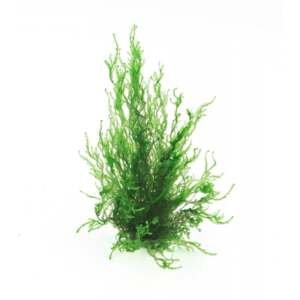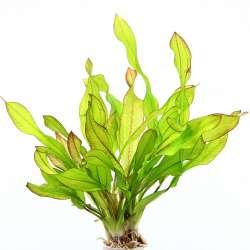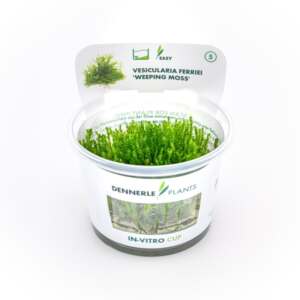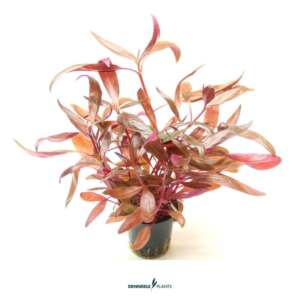Menu
Categorias
- BOTÂNICOS NATURAIS
- VIVOS
- CICLIDEOS ANÕES DO SUL DA AMÉRICA
- LABYRINTH FISH
- ANGEL FISH
- DISCUS SELVAGENS-H&K-Hudson Crizanto
- CICLIDEOS DO SUL DA AMÉRICA
- CICLIDEOS AFRICANOS ANÕES
- CICLIDEOS AFRICANOS
- OTHER FISH
- L`s H&K - Hudson Crizanto
- PEIXES COMUNITARIOS
- BARBOS
- INVERTEBRADOS
- TETRAS
- VIVÍPAROS
- PEIXES ARCO IRIS
- RAIAS
- PEIXES AGUA FRIA
- DISCUS
- CICLIDEOS
- NON-CZECH FISH
- KILLY FISH
- LORICARÍDEOS/PEIXE-GATO
- REPTEIS-ANFIBIOS
- ILUMINAÇÃO
- BOUTIQUE
- AQUARIOFILIA
- AQUÁRIOS
- CONDICIONADORES
- MEDICAÇÃO/SUPLEMENTOS
- PLANTAS
- HARDSCAPE
- ARTHANDCER
- SUBSTRATOS
- FILTRAGEM
- ALIMENTAÇÃO
- MANUTENÇÃO
- AQUECIMENTO/ARREFECIMENTO
- NUTRIENTES PARA PLANTAS
- EXTERILIZADORES
- AQUATERRÁRIO
- TESTES
- CO2/AERAÇÃO
- CÃES-GATOS
Log in
Login
Registo
- Aquariofilia
- Vivos
- Boutique
- Destaques
- Novidades
Novidades
- Promoção
Promoções
Multitest Nitrite & Nitrate
36,70€O preço original era: 36,70€.27,53€O preço atual é: 27,53€. IVA Incl.
Salvinia minima
5,29€ IVA Incl.Em stock
O nome da espécie mínima já diz tudo - é uma pequena espécie de samambaia flutuante da América Central e do Sul.
Adicionar
Rotala rotundifolia Blood Red in-vitro
7,49€ IVA Incl.Em stock
Rotala rotundifolia 'Vermelho Sangue'
Adicionar
Cryptocoryne spec. ‘Flamingo’ In...
10,59€ IVA Incl.
This unusual and attractive cultivar is called 'Flamingo'. Its most eye-catching feature is the light to dark pink colouration of the leaves. This variety came about by quirk of nature in one of our greenhouses. 'Flamingo' is only cultivated through meristem propagation in the lab, and is sold in a plastic culture dish. It grows very slowly in aquaria and must have good lighting to ensure successful cultivation. A wonderfully decorative addition combined with mosses or Hemianthus in small aquaria or Nano Cubes.
Adicionar
Alternanthera reineckii Purple – easy ...
2,99€ IVA Incl.
A vibrante parte inferior das folhas de cor púrpura deu esse nome a essa variedade. A superfície das folhas é de cor vinho tinto a vermelho escuro. Com boa iluminação, os brotos são muito compactos e as folhas estão próximas. Como resultado de seu crescimento muito lento, esta planta-tronco colorida também é adequada para o meio do caminho. No entanto, deve ser aparado continuamente para que as plantas de fundo não fiquem obscurecidas. Um substrato rico em nutrientes e um bom suprimento de CO2 garantem o cultivo bem-sucedido no aquário.
Adicionar
Ludwigia repens – medium Categ.
3,90€ IVA Incl.
Ludwigia repensEsta variante de cor está disponível comercialmente há quase 10 anos e é uma das plantas de aquário de folhas vermelhas mais atraentes. A geração de tons ricos e vermelhos requer iluminação forte e um bom suprimento de CO2. Nessas condições, os pares de folhas estão muito bem dispostos nas hastes e as plantas parecem muito compactas. Um grupo de cerca de 10 hastes misturadas com variedades verdes claras é como assistir a uma queima de fogos debaixo d'água!
Adicionar
Ludwigia spec. ‘Super Red’ NEW -...
6,29€ IVA Incl.
INFOThe new cultivar ‚Super Red‘ lives up to its name! Even in standard lighting it is an intense red color – in very good lighting and with a good nutrient supply the color is breath-taking. The leaves are considerably smaller than those of Ludwigia repens ‚Rubin‘ and the growth rate is also somewhat slower. The plant responds to vigorous pruning with very compact growth. The new Ludwigia spec. ‚Super Red‘ is very well suited to aquascaping as an eye-catching feature.
Adicionar
Lagenandra meeboldii ‘Red’ ̵...
6,29€ IVA Incl.Em stock
The genus Lagnandra is very closely related to the Cryptocorynes and colonises similar habitats. Lagenandra meeboldii is a very varied species and the variety ‚Red‘ is a wonderfully coloured plant for the midground. Until now most species in the genus Lagenandra were unsuitable for aquariums, however this new plant from India does impressively well in an underwater landscape. Here they also form a strong rhizome like the Anubias, but they should be planted into the substrate. With its striking colour this Indian beauty makes a great feature in a plant aquarium.
Adicionar
Eleocharis vivipara
6,29€ IVA Incl.
Needle rushThe needle rush Eleocharis acicularis is found all over the world. It is a particularly lithe, grass-like plant for the foreground. It prefers cooler water, but does grow perfectly well at higher temperatures. Side runners shoot out over time to produce a thick carpet of plants. When bedding in plants cultivated in the emersed state, we recommend pruning hard and dividing any dense plant cushions. Plant the cut rootstock at 5 cm intervals. The first submerged blades will appear after just a few days.
Adicionar
Alternanthera reineckii ‘Red Ruby̵...
6,29€ IVA Incl.
The variety 'Red Ruby' is a very pretty new cultivar which is a type of Alternanthera reineckii. The most noticeable feature is the ruby red venation on the leaves, which stands out clearly from the red background colour. The growth rate is a little slower than for A. reineckii 'Red' and 'Bronze'. This means with good lighting you can also cultivate this red beauty in a 30 l cube. In large aquaria you should plant around 15 - 20 stems to achieve an impressive group of plants, which harmonises best with "green" neighbours.
Adicionar
Anubias nana ‘Pinto’ – eas...
10,99€ IVA Incl.
The ‚Pinto‘ Anubias is a quirk of nature that has been propagated from a normal green population using selection. The light green variegation can be more or less pronounced, so only the most beautiful plants are propagated further in the production plant. This variety is very slow-growing and requires more light than the original green form. Due to its small size, the ‚Pinto‘ makes an attractive addition to Nano Cubes and can also be used to catch the eye in aquascaping. This new plant creates excellent contrast on black lava rock and on dark coloured roots.
Adicionar
Echinodorus Ozelot XL -easy Categ.
11,49€ IVA Incl.
Echinodorus ´Ocelot´Licht IconLightingLicht IconColorLicht IconPositionLicht Icon18 – 28 °CTemperatureLicht IconCO2Licht Icon30 cmGrowthFamily: AlismataceaeSpecies: EchinodorusType: RosettenpflanzeThe popular Echinodorus...
Adicionar
Blyxa japonica – medium Categ.
6,99€ IVA Incl.
Dwarf soft rushStunning, grass-like foreground plant. Takashi Amano’s fantastic underwater landscapes have really pushed this plant into the limelight. In the wild it only grows submerged in slow-moving, shaded water. This plant is known for being very demanding. And yet it is possible to cultivate when you take care of the important factors such as adequate light, CO2 supplementation, and nutrient-rich substrate. A large group turns any aquarium into a fascinating spectacle. With very strong lighting these plants display intense, red colouring.
Adicionar
Utricularia graminifolia In-Vitro – ea...
7,49€ IVA Incl.
GRASSY BLADDERWORTUtricularia graminifolia é uma planta verde clara elegante e em primeiro plano. Encontramos essa variedade a uma altitude de 2.000 m em água que flui rapidamente e emergimos na zona de espirro de pequenos riachos no Sri Lanka. Nos aquários, esta planta precisa de luz média para produzir gradualmente um tapete grosso, mas muito curto. Utricularia tem algumas características únicas: é uma planta carnívora e produz armadilhas vesicais especiais para capturar microorganismos que passam. Peixes e camarões são perfeitamente seguros,
Adicionar
Hygrophila corymbosa ‘Stricta’ &...
3,90€ IVA Incl.Em stock
Esta variedade possui folhas maiores, porém mais estreitas, do que a forma original de H. corymbosa. Aqui também as folhas submersas são verde-claras, mas os pares de folhas estão mais próximos. Os aquários abertos dão aos brotos espaço suficiente para crescer para cima, onde acabam voltando a ficar um verde escuro intenso. Boa iluminação e suplementação de CO2 contribuem bastante para promover o crescimento. Hygrophila de folhas grandes é melhor apresentada em aquários com mais de 100 cm. Mostre suas melhores características plantando um grupo de pelo menos 10 a 15 caules.
Adicionar
Lobelia cardinalis Mini- easy Categ.
6,29€ IVA Incl.
INFOLobelia cardinalis ´Mini´ is an attractive cultivar. This dwarf form has smaller, rounder leaves than the species, and is a fantastic complement to the foreground of larger aquariums and Nano Cubes. Compact growth is assured with a good supply of nutrients, sufficient CO2, and adequate light. Offshoots can be cut and replanted at any time. This produces a lovely space full of these attractive mini Lobelias.
Adicionar
Anubias barteri var. nana Jade
11,49€ IVA Incl.
Uma nova e muito especial variedade de Anubias nana
Adicionar
Bacopa caroliniana, emersed – easy Cat...
5,29€ IVA Incl.Em stock
Bacopa carolineana, emersedA stem plant that is one of the classic aquarium plants. It grows much more slowly than other stem plants, and needs a well-lit location to help it produce the pretty brown-coloured leaves. Emersed plants are pure green and display obvious hairs on the stems. Place in a large group to achieve the most appealing effect, ideally with the stems arranged in ascending height order toward the back of the tank. This results in a harmonious sight for the observer.
Adicionar
Staurogyne repens
7,49€ IVA Incl.Em stock
INFOThis attractive plant variety from Brazil is called Staurogyne repens, a member of the acanthus family. It looks a bit like a miniature Hygrophila but is an outstanding plant for the foreground. It grows very slowly and, under good conditions, will crawl across the substrate. Staurogyne demands intense light and a good supply of nutrients via the substrate. Regularly trimming the shoot tips will force the plant to push out a lot of new horizontal shoots, and will eventually give you a very nice, thick stand of plants. For aquascaping purposes, these beauties mix well with Hemianthus callitrichoides.
Adicionar
Mayaca fluviatilis TR VE 5 – medium C...
3,90€ IVA Incl.
Nome Popular: Mayaca FluviatilisNome Científico: Mayaca fluviatilisOrigem: América do Sul e CentralpH: 5.0 a 7.0Temperatura: 24 a...
Adicionar
Echinodorus grisebachii ‘Bleherae̵...
4,99€ IVA Incl.Em stock
Large Amazon swordThis large Amazon sword plant is possibly the most popular aquatic plant. Its leaves are 3-6 cm wide, making them broader than the 'amazonicus', and with growth up to 60 cm it is certainly the more dominant in appearance. Older bushes, sometimes with more than 50 leaves, are an impressive sight. The substrate must be at least 10 cm deep so that the root system can spread properly. Combine with various Helanthium species (dwarf Echinodorus) to create outstanding South American underwater landscapes.
Adicionar
Cryptocoryne wendtii Brown
6,29€ IVA Incl.Em stock
Cryptocoryne wendtii ‘Marrom’Ícone de luzIluminaçãoÍcone de luzCorÍcone de luzPosiçãoÍcone de luz22 – 28ºCTemperaturaÍcone de luzCO2Ícone de luz10...
Adicionar
BUCEPHALANDRA SP. ‘RED SCORPIO’
7,49€ IVA Incl.
INFOA currently rather rare plant is Bucephalandra sp. 'Red Scorpio'. The name refers to the red coloration of the rhizome. With good lighting and adequate nutrients, the coloration is more distinct. Other characteristics include beautiful wavy leaf edges and dark olive green leaf coloration. The top of the leaf is also covered with tiny silvery dots, which further enhances the appearance. Like all Bucephalandra species, 'Red Scorpio' grows ideally on wood and stones. For aquascaping this beauty from Borneo is highly recommended, especially with delicate root compositions.
Adicionar
Taxiphyllum spec. ‘Flame moss’, ...
5,69€ IVA Incl.
O "musgo de chama" ainda não foi totalmente identificado, mas pertence ao género Taxiphyllum. Provavelmente vem do leste ou sudeste da Ásia. Mesmo sendo conhecido há alguns anos, é relativamente popular como musgo de aquário e frequentemente encontrado no comércio. Sua popularidade e seu nome trivial derivam do hábito de crescimento incomum característico que torna esse musgo único: debaixo de água, os brotos não se ramificam facilmente e crescem na vertical e em espiral, parecendo um pouco com chamas.
Adicionar
Echinodorus argentinensis -easy Categ.
3,90€ IVA Incl.
Sword plants are now distributed throughout the US and Argentina. E. argentinensis is one of the larger varieties and requires sufficient space in an underwater landscape. It is well-suited to open aquaria as its sturdy emersed leaves are highly ornamental. With a little bit of patience there may even be flower shoots bearing white blossoms. Requires nutrient-rich substrate and medium to strong lighting.
Adicionar
Echinodorus Green Chameleon -easy Categ.
6,29€ IVA Incl.Em stock
The ‚Green Chameleon‘ variety has come about by breeding E. ‚Simply Red‘ x. A pure green colour in its emersed form, this new plant transforms into a colourful Echinodorus in the aquarium. The leaf blades are slightly wavy and initially light green in colour. After a few months, with good lighting they form wonderfully coloured leaves. The colours range from olive green to wine red variegation. A real highlight for any Echinodorus fan!
Adicionar
Vesicularia ferriei In-Vitro (Weeping Moss) ...
7,49€ IVA Incl.
Vesicularia ferriei – Weeping Moos In-VitroLicht IconLightingLicht IconColorLicht IconPositionLicht Icon22 – 28 °CTemperatureLicht IconCO2Licht IconlangsamGrowthFamily: HypnaceaeSpecies: VesiculariaType:...
Adicionar
Alternanthera reineckii Red
6,29€ IVA Incl.Em stock
BROAD-LEAVED, RED PARROT LEAFNenhuma outra planta-tronco pode ter cores tão ricas quanto essa variedade em particular. Marrom-avermelhado através de tons de vermelho cereja flutuam sobre as hastes, superfície superior e parte inferior das folhas. Para garantir que você obtenha as cores mais intensas, esta planta precisa de boa iluminação e um suprimento adequado de CO2. A velocidade de crescimento é geralmente média, por isso é aconselhável encurtar ou podar as hastes a cada 6-8 semanas. No discus aquaria, esta planta sul-americana acrescenta um toque de cor quando combinada com plantas de espada.
Adicionar
Taxiphyllum alternans Taiwan – Portion
6,29€ IVA Incl.
INFORMAÇÕESTaxiphyllum alternans é um musgo rasteiro frequentemente encontrado na zona de respingos de cascatas e cachoeiras. É muito semelhante a Taxiphyllum barbieri e Vesicularia montagnei - mas é muito mais densamente ramificado e de estrutura mais macia. Como muitos musgos, cresce bem e é muito fácil de cuidar. Boa iluminação e CO2 promovem um crescimento particularmente compacto. Taxiphyllum alternans 'Taiwan' é altamente recomendado para nano aquários, bem como para paisagens aquáticas detalhadas.
Adicionar
Microsorum pteropus ‘Trident’
9,69€ IVA Incl.Em stock
Microsorum pteropus ´Trident´Ícone de luzIluminaçãoÍcone de luzCorÍcone de luzPosiçãoÍcone de luz22 – 28ºCTemperaturaÍcone de luzCO2Ícone de luz30...
Adicionar
Showing 37–72 of 225 results, including child brands
Todas as Categorias
- ALIMENTAÇÃO
- AQUARIOFILIA
- AQUÁRIOS
- AQUATERRÁRIO
- AQUECIMENTO/ARREFECIMENTO
- ARTHANDCER
- BOTÂNICOS NATURAIS
- BOUTIQUE
- CÃES-GATOS
- CO2/AERAÇÃO
- CONDICIONADORES
- EXTERILIZADORES
- FILTRAGEM
- HARDSCAPE
- ILUMINAÇÃO
- MANUTENÇÃO
- MEDICAÇÃO/SUPLEMENTOS
- NUTRIENTES PARA PLANTAS
- PLANTAS
- REPTEIS-ANFIBIOS
- SUBSTRATOS
- TESTES
- Uncategorized
- VIVOS
- ANGEL FISH
- BARBOS
- CICLIDEOS
- CICLIDEOS AFRICANOS
- CICLIDEOS AFRICANOS ANÕES
- CICLIDEOS ANÕES DO SUL DA AMÉRICA
- CICLIDEOS DO SUL DA AMÉRICA
- DISCUS
- DISCUS SELVAGENS-H&K-Hudson Crizanto
- INVERTEBRADOS
- KILLY FISH
- L`s H&K - Hudson Crizanto
- LABYRINTH FISH
- LORICARÍDEOS/PEIXE-GATO
- NON-CZECH FISH
- OTHER FISH
- PEIXES AGUA FRIA
- PEIXES ARCO IRIS
- PEIXES COMUNITARIOS
- RAIAS
- TETRAS
- VIVÍPAROS


